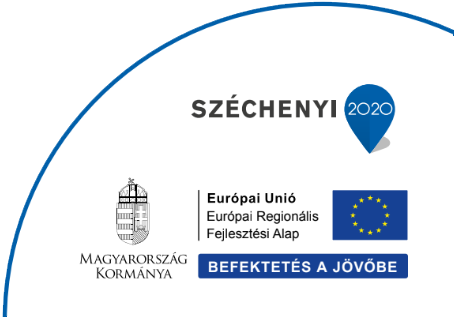Részletek
1. Supermarine Attacker FB. 2, WP 283/841, No 1833 Naval Air Squadron, Honiley. Sky ( BS-318C-210) overall and Extra Dark Sea Grey (BS-318C-640 ) above wings and tailplane, and top of fuselage. Standard post-war national markings in bright colours in six positions. All lettering in black, with serial repeated below wigs. Red nose flash with unit crest superimposed.
2. Supermarine Attacker F.1, WA484/107, No 800 Naval Air Squadron FAA, performed catapult trails aboard HMS Perseus with No 703 NAS in July 1951. Standard colour scheme and markings. Note early-style top camouflage demarcation.
3. Supermarine Attacker FB.1, WA529, RCAF’s Cenral Experimental & Proving Establishment, Namao, 1952. Standard colour scheme and markings. ‘Bear’ marking on nose. Used for cold weather trials, returned to UK on HMCS Magnificent in 1953.
4. Supermarine Attacker FB. 2, WZ 283/ST-810, No 1831 Naval Air Squadron, RNVR, Stretton, 1956.
5. Supermarine Attacker FB. 2, R4003, one of 36 de-navalised examples delivered to the Pakistsni Air Force between June 1951 and May 1953. High Speed Silver (Aluminium) overall wit roundels in six positions; serial in black.
6. Supermarine Attacker FB.2, R4001, Playbills Aerobatic Team, No 11 Squadron, Pakistani Air Force, 1952. High Speed Silver (Aluminium) overall with roundels in six positions; serial in black. Red flash on nose.
7. Supermarine Attacker FB.2, WZ300/161, No 718 Naval Air Squadron FAA. Standard colour scheme and markings. Unit badge on nose; note variation of other example illustrated above with ‘7-8’ in place of ‘V-R’.
8. Supermarine Attacker FB.2, WZ302/ST-163, No 718 Naval Air. Squadron FAA, May /June 1955. Standard colour scheme and markings. Unit badge on nose.
Vélemények
Legyen Ön az első, aki véleményt ír!


